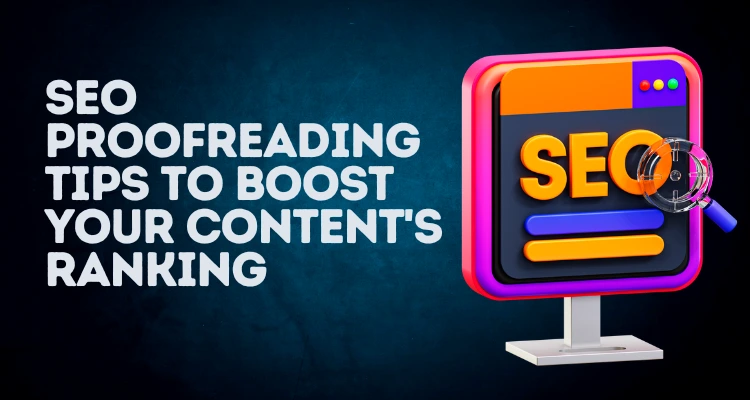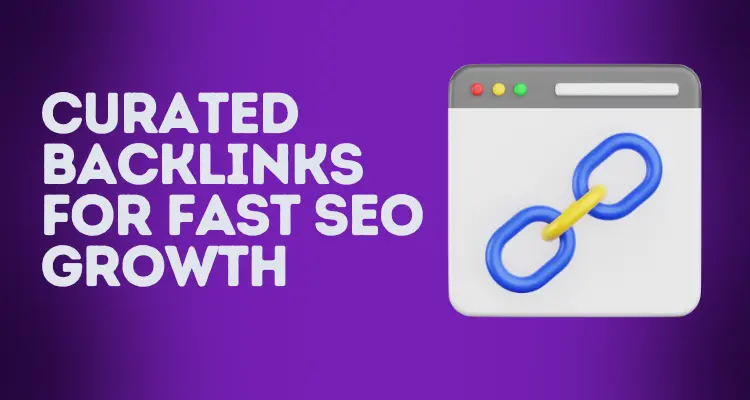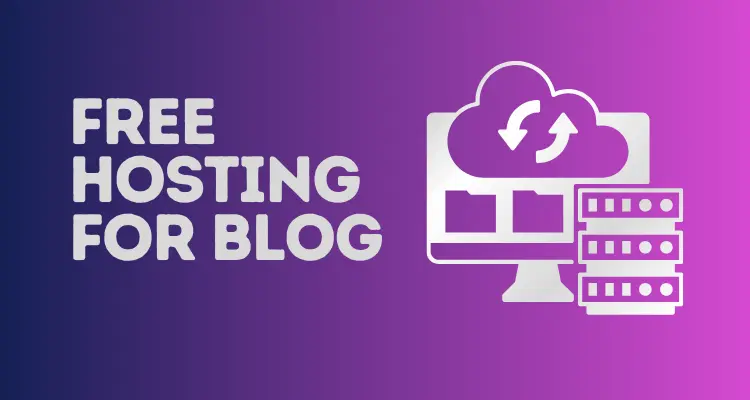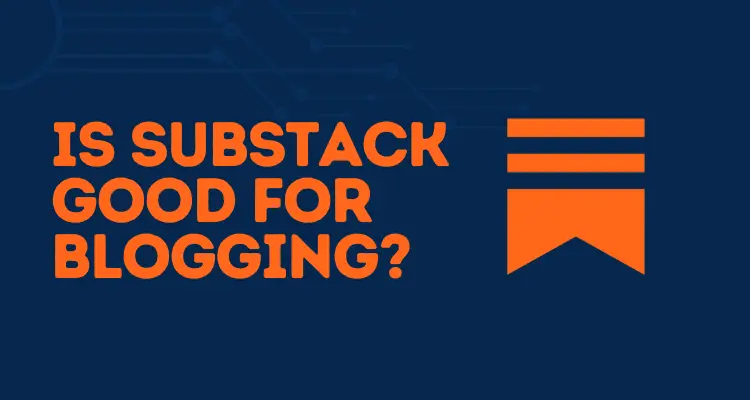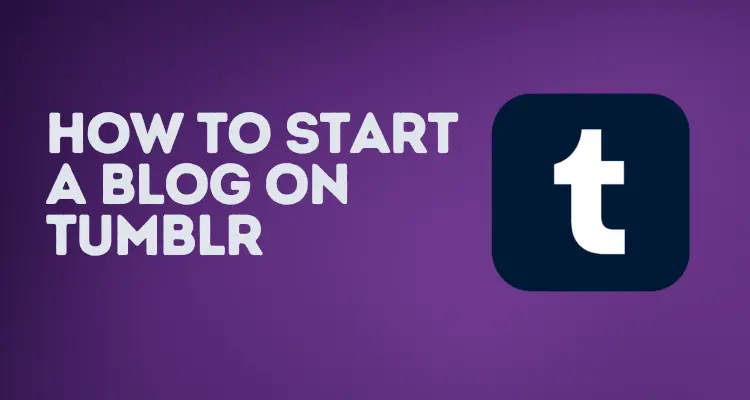‘How do you start a blog for free?’ This was one of the questions I pondered back in 2012 when I first wanted to start blogging. As a college student with no money, I was motivated by the idea of making some extra income on the side. But was it worth it? Absolutely. I learned lots of lessons in the process.
If you’re in the same situation I was back then, don’t worry—I’ve got you covered.
Blogging is a fun way to share your thoughts, showcase your skills, or even build a personal brand. Plus, it can connect you with people worldwide. One of the best parts? You can start a blog without spending a penny. This guide will show you how to do it. You’ll learn about the best free blogging platforms, their pros and cons, and how to choose the right one for you. Let’s dive in!
1. How Do You Start a Blog for Free – Setting the Foundation
Starting a blog for free is all about laying a solid foundation. Let’s explore all the options available. But first, let’s look at why you should blog for free and the types of platforms available.
Free Blogging Options in 2024
1.1 Why Choose Free Blogging?
Starting with a free blog is a smart move. Here’s why: it costs nothing! You don’t have to worry about domain fees or hosting costs. Free blogs are great for beginners. You can test the waters without any financial commitment. If you’re a hobby blogger, it’s perfect. You can focus on writing and creating content without spending a dime.
Additionally, free platforms offer easy setups and user-friendly tools. They guide you step-by-step, so you don’t need technical skills. This makes free blogging ideal for those just starting.
1.2 Types of Free Blogging Platforms
There are two main types of blogging platforms: hosted and self-hosted.
Hosted platforms are services like WordPress.com or Blogger. They provide everything you need, including hosting and domain. You don’t need to worry about technical details. However, these come with limitations, like less control over customization and monetization options.
On the other hand, self-hosted solutions like WordPress.org give you more freedom. You have control over your site, but you’ll need to find your own hosting. However, some providers offer free hosting plans, making it a viable option for beginners.
You’ll also find free vs. freemium options. Some platforms are entirely free, while others offer basic services at no cost but charge for advanced features. Think of it as a trial period. If you want to scale up later, you have the flexibility to do so.
How Do You Start a Blog for Free – Exploring Free Blogging Platforms
WordPress.com
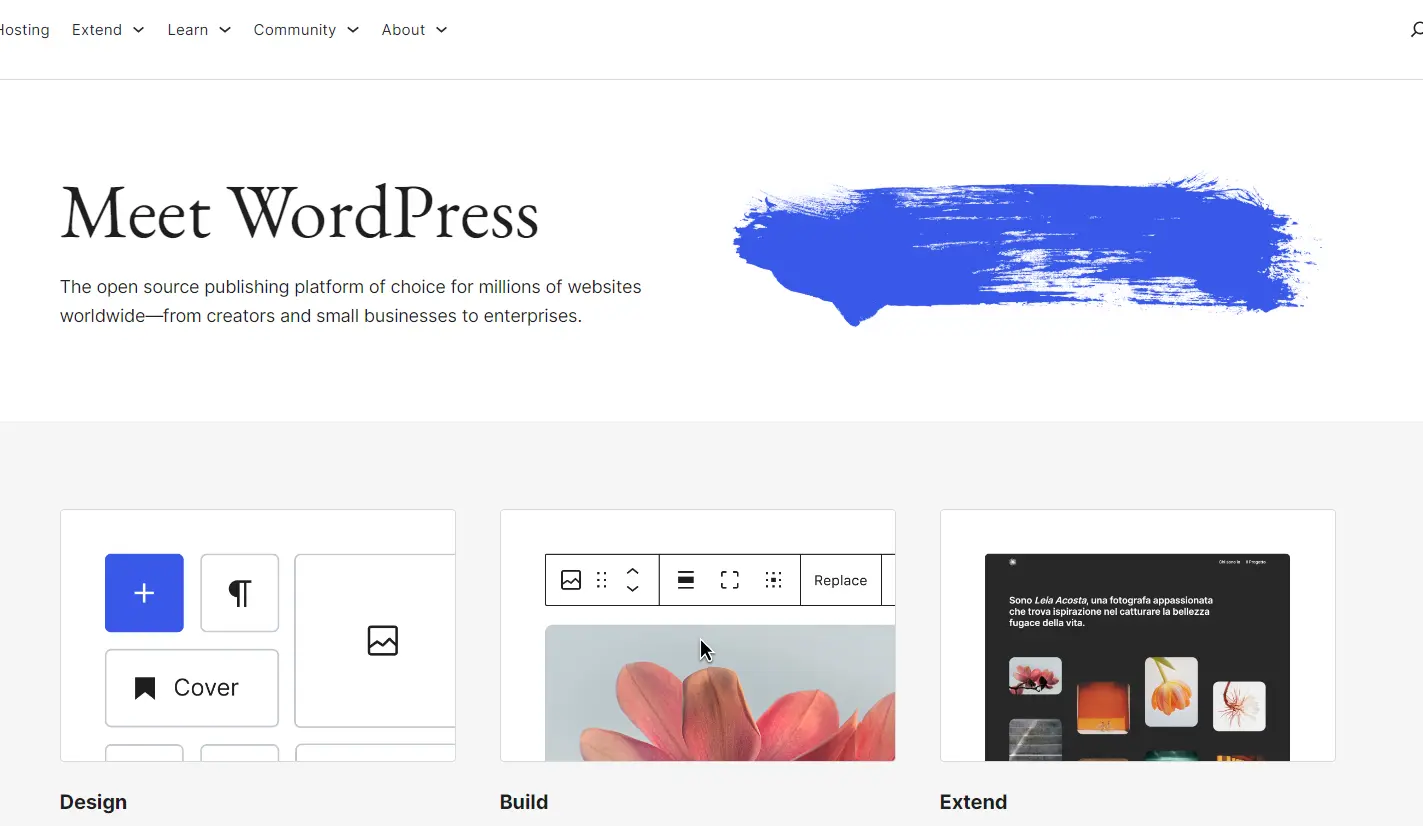
WordPress.com is a favorite for many bloggers. It’s simple, user-friendly, and has a strong community. The free plan offers a WordPress subdomain (like yourblog.wordpress.com) and basic themes to get you started. You can write posts, add images, and use some plugins. However, the free plan has limitations. You won’t have full control over your site’s design or be able to monetize through ads.
How to get started with WordPress.com:
- Go to WordPress.com and click “Start your website.”
- Enter your email, create a password, and choose a blog name.
- Pick the free plan.
- Select a theme and start customizing.
- Write your first post and hit “Publish.”
It’s that easy! WordPress.com takes care of the hosting, so you don’t need to worry about the technical side.
In the resource below, I gave a detailed guide with images to illustrate each step
Blogger
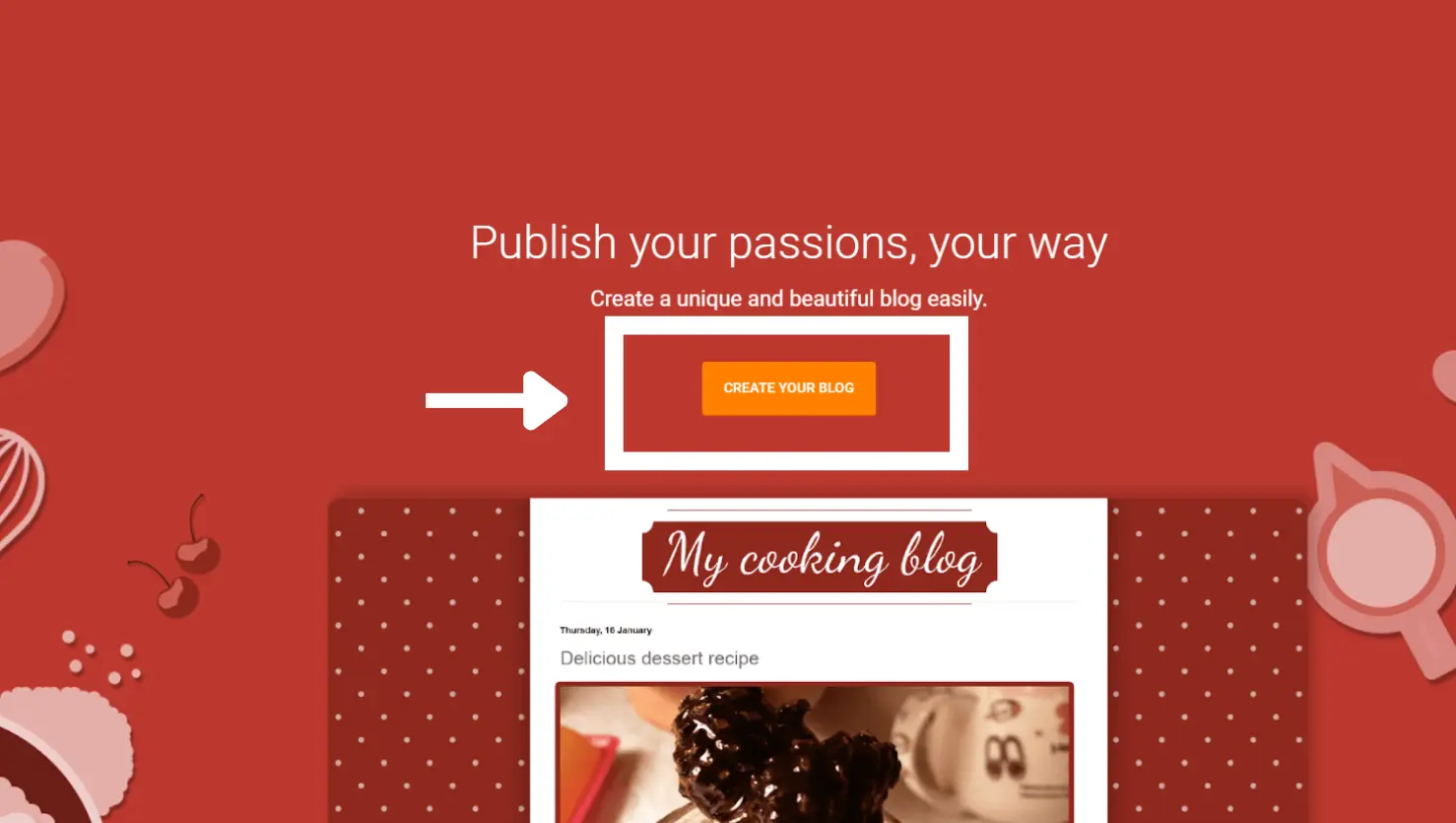
Blogger is another great option in our ‘how do you start a blog for free’ journey. Owned by Google, it’s a solid choice for beginners. You get a free Blogspot subdomain (like yourblog.blogspot.com) and unlimited storage for posts and photos. Plus, you can monetize your blog through Google AdSense, even with the free plan.
How to set up a blog on Blogger:
- Go to Blogger.com.
- Sign in with your Google account.
- Click “Create a new blog.”
- Choose a name, URL, and a theme.
- Start writing and publishing your posts.
Blogger’s interface is straightforward, making it easy to manage your blog and customize it with different templates and gadgets.
Just like WordPress.com, in the resource below, I gave a detailed guide with images to illustrate each step
Wix

Wix is known for its drag-and-drop website builder, which makes it super easy to design your blog. The free plan includes a Wix subdomain (like yourblog.wixsite.com) and access to Wix’s powerful site-building tools. You can choose from hundreds of templates and customize your blog with text, images, and videos. However, Wix places ads on free blogs, and you can’t use a custom domain unless you upgrade.
How to start a blog using Wix’s free plan:
- Head over to Wix.com.
- Click “Get Started” and sign up.
- Choose “Blog” when asked about the type of site you want to create.
- Pick a template or let Wix’s ADI (Artificial Design Intelligence) create one for you.
- Customize the layout, write your first post, and click “Publish.”
Wix offers more design freedom, making it ideal if you want a unique look for your blog.
In the resource below, I gave a detailed guide with images to illustrate each step
Medium

Medium is a unique platform for those wondering, ‘How do you start a blog for free?’ and it has a ready-made audience. It’s perfect for writers who want their work to be seen. Medium has a large community of readers, which means your posts can get discovered more easily. You don’t need to worry about design or technical setup — just focus on writing. Plus, Medium’s clean layout keeps readers engaged with your content.
Advantages of Medium for Writers:
- Built-in Audience: Medium’s large reader base helps your content reach more people.
- Easy to Use: No setup or design skills are needed; you can start writing right away.
- Monetization Options: Writers can earn money through the Medium Partner Program based on reading time.
How to create and publish posts on Medium:
- Go to Medium.com and sign up using your email or social media account.
- Click on your profile picture and select “Write a Story.”
- Enter a title and start writing your post in the editor.
- Add images, quotes, and formatting as needed.
- When you’re ready, hit “Publish” and choose tags to help readers find your content.
Medium is great if you want a simple, no-frills blogging experience focused on writing and sharing your stories.
In the resource below, I gave a detailed guide with images to illustrate each step
Tumblr
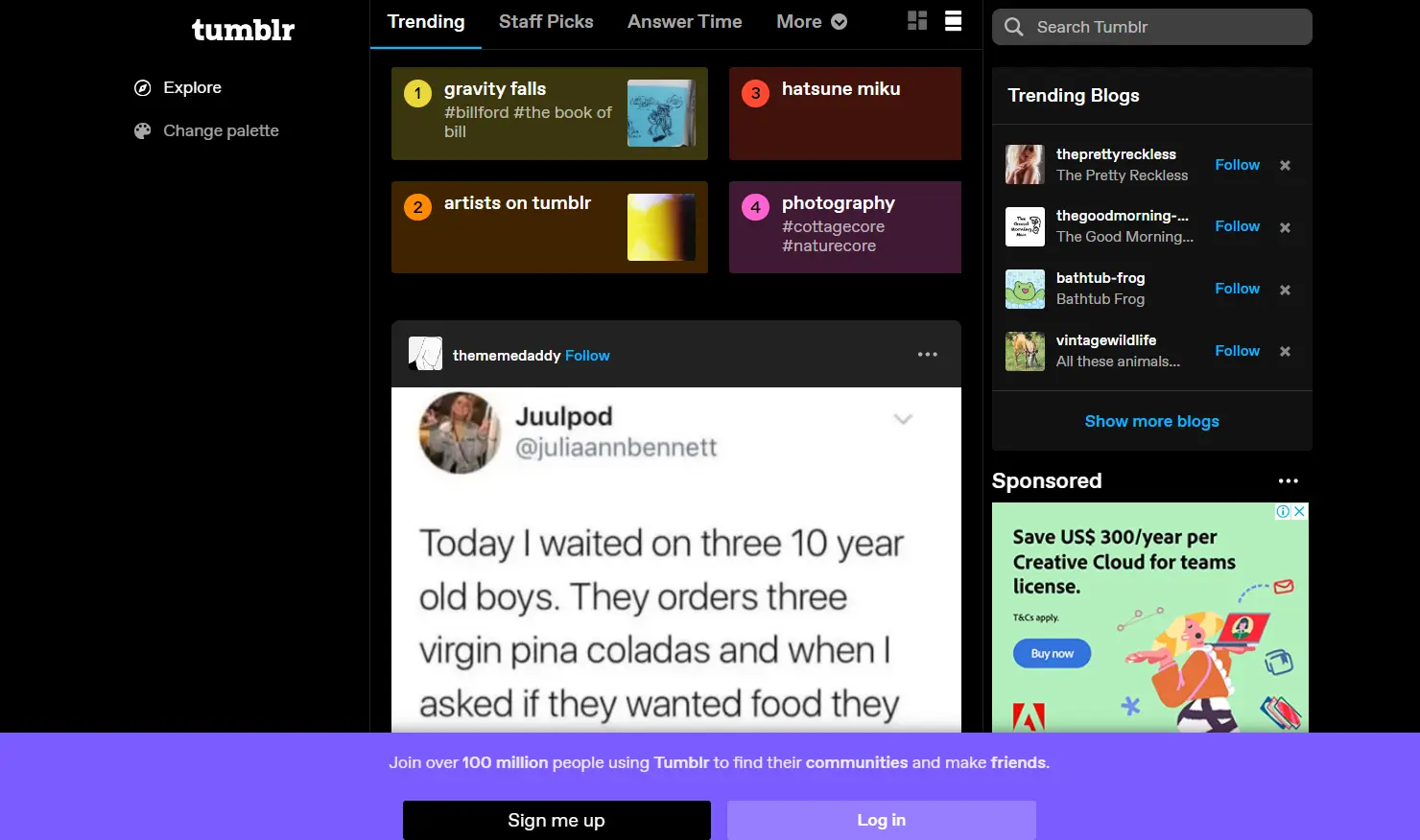 Tumblr offers something different. It’s a fun, creative platform ideal for personal or artistic blogs. Tumblr combines blogging with social networking, making it perfect for sharing text and photos, GIFs, videos, and more. It’s easy to follow other blogs, reblog content, and build a community around your interests.
Tumblr offers something different. It’s a fun, creative platform ideal for personal or artistic blogs. Tumblr combines blogging with social networking, making it perfect for sharing text and photos, GIFs, videos, and more. It’s easy to follow other blogs, reblog content, and build a community around your interests.
Unique Features of Tumblr for Personal and Creative Blogs:
- Versatile Content Formats: Share text, images, videos, GIFs, and more.
- Community Building: Follow other blogs and engage with a creative community.
- Customizable Themes: Choose from various themes to match your style.
Setting up a blog on Tumblr:
- Visit Tumblr.com and click “Get Started.”
- Sign up with your email, choose a password, and create a username.
- Click “Create Post” to choose the type of content you want to share.
- Customize your blog’s appearance by choosing a theme.
- Start posting, follow other users, and engage with their content.
Tumblr’s mix of creative freedom and social features makes it a fun choice for those who want a lively, interactive blog.
In the resource below, I gave a detailed guide with images to illustrate each step
Substack
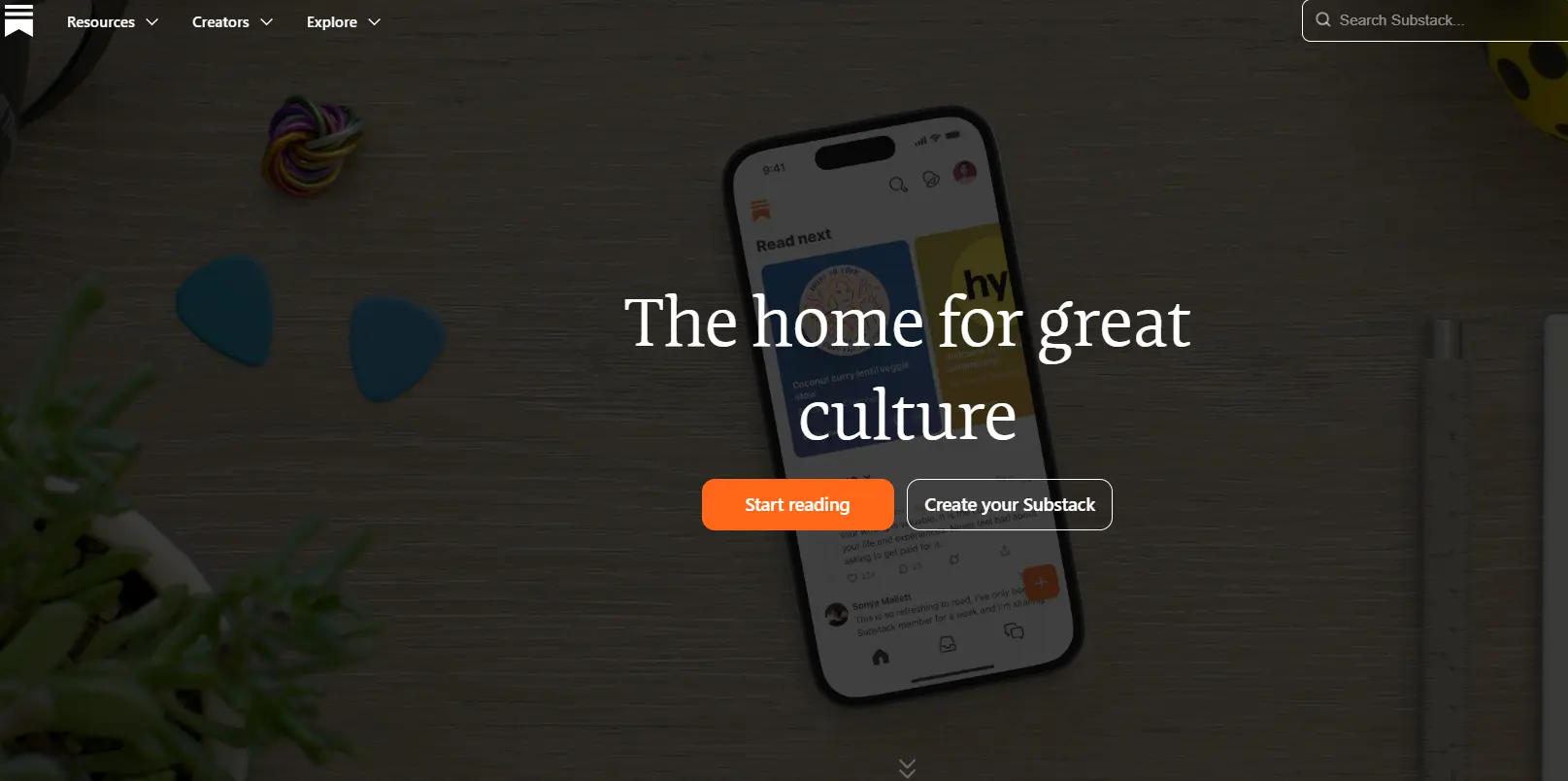
Substack is great if you want a simple, newsletter-style blog. It’s built for writers who want to reach readers directly through email.
Features:
- Easy to Use: Perfect for beginners who want to write without technical hassles.
- Built-In Email Subscription: Readers can subscribe and get updates directly in their inbox.
- Customizable Templates: Simple, clean design that focuses on content.
Limitations:
- Email-Based Only: Content is distributed mainly via email.
- Limited Customization: Less control over design compared to other platforms.
How to Get Started:
- Create an Account: Go to Substack and sign up.
- Set Up Your Blog: Customize your newsletter and create a welcome post.
- Write and Publish: Use the Substack editor to write posts and publish them.
- Promote Your Blog: Share your Substack link on social media and with your email contacts.
In the resource below, I gave a detailed guide with images to illustrate each step
3. Choosing a Free Domain Name
Once you’ve decided to start a blog for free, the next step is picking a domain name. Your domain is your blog’s address on the internet. It’s what people type in their browsers to find your site. Choosing the right one is important.
Back in the day, it used to be Freenom that gave free domain, but the extensions are limited to about five. Now it is Dottk . Also another option would be to get a subdomain.
Understanding Domain Names and Subdomains
First, let’s break down the basics. A domain name is your unique web address, like yourblog.com. It’s easy to remember and looks professional. A subdomain is a part of a larger domain, such as yourblog.wordpress.com or yourblog.blogspot.com. Subdomains are usually provided for free by blogging platforms.
| Pros of Using a Subdomain | Cons of Using a Subdomain |
|---|---|
| Free: You don’t have to pay for it. | Less professional: Can look less credible compared to a custom domain. |
| Easy to set up: It comes with free blog hosting. | Harder to remember: Longer names can be tricky for people to type or recall. |
| Great for beginners: Perfect if you’re just starting out. | Limited control: The host controls your subdomain, not you. |
How to Choose a Domain Name
Choosing the right domain name is important. It should be easy to remember, relevant to your content, and simple to type. Here are some tips:
- Keep it short and simple: Aim for one or two words if possible.
- Make it memorable: Choose a name that sticks in people’s minds.
- Avoid numbers and hyphens: These can be confusing and hard to remember.
- Use keywords: Include a word that relates to your blog’s topic or niche.
- Check availability: Make sure no one else is using it.
If you’re using a subdomain, try to make it unique and closely related to your blog’s content or name.
Tools and services for free domain names:
- Namecheap’s Free Domain Generator: Helps you brainstorm and check availability.
- GoDaddy Domain Search: Find available domains quickly.
- Leandomainsearch.com: Great for finding creative combinations of your keywords.
4. Setting Up Free Hosting for Your WordPress Blog
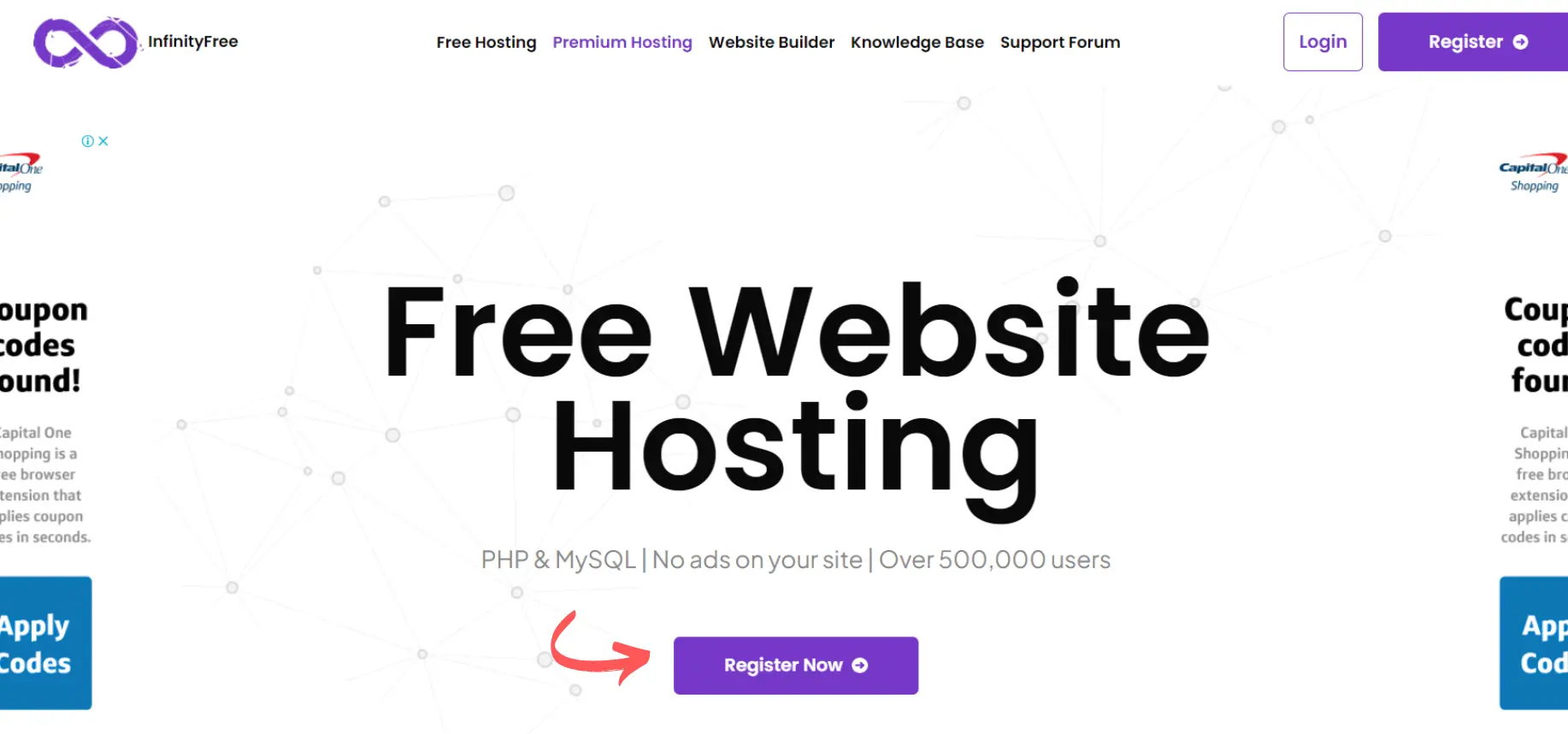
In our ‘How do you start a blog for free’ journey, hosting is where your blog lives on the internet. Several free hosting services can help you get started without spending any money. Let’s look at the best options available.
Free Hosting Services Overview
Let us Talk About InfinityFree
InfinityFree is a popular choice for free hosting. It offers many features that can get your blog online quickly.
Features:
- 100% Free: No hidden costs or charges.
- PHP and MySQL Support: Essential for most blogging platforms.
- Free SSL Certificate: Adds security and trust to your blog.
Limitations:
- Limited Support: Not as extensive as paid hosting services.
- Limited Disk Space and Bandwidth
- Resource Restrictions: Some limits on CPU and server usage.
- You will get ads pop out
How to Get Started:
- Sign Up: Go to InfinityFree and create a free account.
- Configure Your Domain: Set up your domain or use a subdomain provided by InfinityFree.
- Control Panel: Use the control panel to manage your files and databases.
- Install a CMS: Use the one-click installer to set up WordPress or another CMS.
Here is a guide where I documented with images step by step how to set this up
5. Customizing Your Blog
Customization is key to standing out and attracting readers. Here’s how to do it.
5.1 Choosing and Installing a Theme
The first step in customization is picking a theme. Themes set the look and feel of your blog. Luckily, there are many free themes available.
Finding Free Themes and Templates:
- WordPress Themes: Search the WordPress theme directory for free options.
- Blogger Templates: Visit sites like Gooyaabi or ThemeXpose for free Blogger templates.
- Wix and Tumblr Themes: Choose from built-in themes or look for free third-party templates.
Customizing Your Theme to Match Your Brand:
- Choose Colors and Fonts: Pick colors and fonts that reflect your style and niche.
- Add Your Logo: Upload a logo or create a simple text-based one using free tools like Canva.
- Edit Layout: Rearrange elements, such as the sidebar or footer, to make navigation easy for readers.
To get a detailed illustration of this, check out How to Start a Blog and Make Money: Ultimate Guide
5.2 Essential Plugins and Widgets
Plugins and widgets add functionality to your blog. They can help with everything from SEO to social sharing.
Overview of Useful Free Plugins and Widgets:
- SEO Plugins: Tools like Yoast SEO (WordPress) help optimize your content for search engines.
- Social Media Widgets: Share buttons from AddThis or Social Snap make it easy for readers to share your posts.
- Analytics Tools: Use Google Analytics plugins to track your blog’s performance.
How to Install and Configure Them:
- Find the Plugin: Go to the plugin directory of your platform (e.g., WordPress Plugin Repository).
- Install the Plugin: Click “Install” and then “Activate.”
- Configure Settings: Follow the instructions to customize the plugin for your needs.
6. Creating Content and Promoting Your Blog
Once your blog looks great, it’s time to fill it with content and get the word out. Here are some tips.
6.1 Content Creation Tips
Content is king in blogging. Here’s how to create posts that engage and attract readers.
Crafting Engaging and Valuable Content:
- Know Your Audience: Write about topics that interest your readers.
- Use Catchy Headlines: Grab attention with compelling titles.
- Keep it Simple: Use short sentences and simple language.
- Add Visuals: Use images, infographics, or videos to make your content more appealing.
SEO Best Practices for Blog Posts:
- Use Keywords: Include keywords like “how do you start a blog for free” naturally in your posts.
- Add Meta Descriptions: Write short descriptions that summarize your post for search engines.
- Link Internally: Connect your posts to each other to keep readers on your blog longer.
6.2 Promoting Your Blog for Free
Promotion is crucial to attract readers. Thankfully, there are many free ways to do it.
Leveraging Social Media and Online Communities:
- Share on Social Media: Post your blog content on platforms like Facebook, Twitter, and Instagram.
- Join Online Communities: Participate in forums, groups, or subreddits related to your niche.
- Guest Post: Write articles for other blogs and link back to yours.
SEO and Content Marketing Strategies:
- Create Evergreen Content: Write posts that remain relevant over time.
- Use Backlinks: Get other sites to link to your content.
- Engage with Readers: Respond to comments and build a community around your blog.
Also, I have covered in full detail what would help with your blog promotion. This resource is titled ‘SEO Secrets For Better Ranking’
7. Common Challenges and Solutions
Even with the best plan, you might face challenges. Here’s how to overcome them.
7.1 Limitations of Free Blogging Platforms
Free platforms are great for beginners, but they have their limits.
Common Constraints and How to Work Around Them:
- Limited Storage: Compress images or use external storage for media files.
- Restricted Customization: Use free CSS tools to make minor adjustments.
- Ads from Hosts: Focus on great content to keep readers engaged despite ads.
7.2 Upgrading Your Blog in the Future
As your blog grows, you might think about upgrading to paid options.
When and Why to Consider Paid Options:
- More Control: Paid hosting offers better customization and fewer restrictions.
- Custom Domain: A unique domain name makes your blog look professional.
- Monetization Opportunities: Earn money through ads, sponsorships, or selling products.

